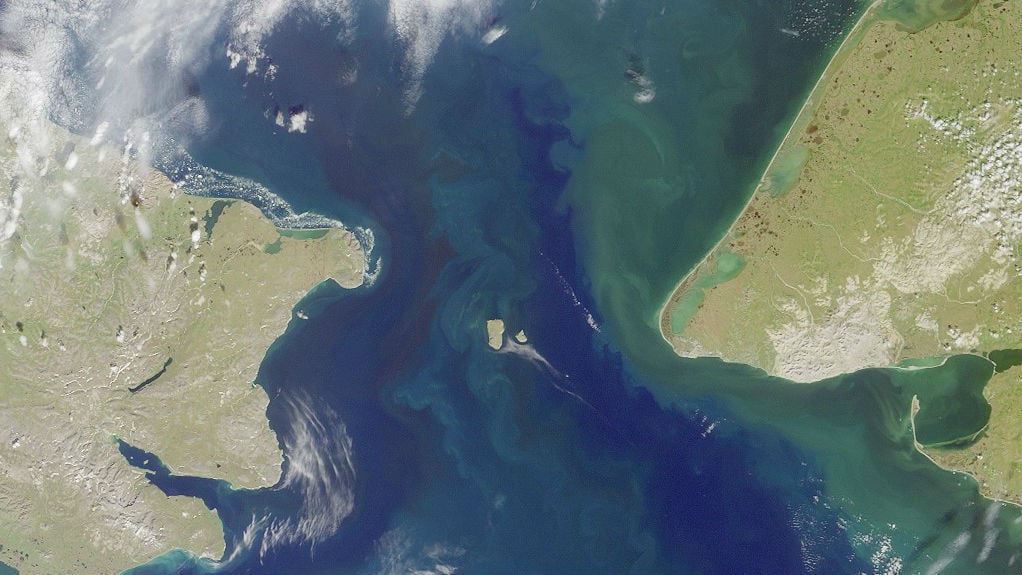U.S. Details Arctic Infrastructure Needs

The U.S. Committee on the Marine Transportation System has published A Ten-Year Prioritization of Infrastructure Needs in the U.S. Arctic which presents a framework for addressing Arctic infrastructure gaps.
The report makes 43 recommendations covering waterways management, physical infrastructure, information infrastructure, response services and vessel operations.

• Designate Port Clarence as an Arctic Maritime Place of Refuge.
• Review Port Clarence facilities to assess whether adequate support facilities are available at Port Clarence or in the region for a ship in need of assistance.
• Support Arctic Waterways Safety Committee efforts to bring stakeholders together
• Leverage existing data-sharing frameworks, such as Data.gov, the Alaska Regional Response Team, and Alaska Ocean Observing System, to facilitate waterways planning and response to environmental emergencies.
• Leverage international partnerships supporting waterways coordination.
• Work with stakeholders to coordinate research efforts to de-conflict research within commercial and subsistence use areas.
• Designate M-5 Alaska Marine Highway Connector to connect the Arctic Ocean and the western section of the Northwest Passage.
• Prioritize the need for Arctic port reception facilities to support international regulatory needs and future growth.
• Expand Arctic coastal and river water-level observations to support flood and storm surge warnings.
• Review U.S. Arctic maritime commercial activities to identifying major infrastructure gaps that should be addressed to promote safe and sustainable Arctic communities.
• Co-locate new Continuously Operating Reference Stations and National Water Level Observation Network stations to significantly improve the Arctic geospatial framework with precise positioning and water levels.
• Improve weather, water, and climate predictions to an equivalent level of service as is provided to the rest of the nation.
• Implement short-range, sea-ice forecasting capability.
• Place hydrography and charting of the U.S. maritime Arctic among the highest priority requirements for agency execution.
• Advance Arctic communication networks to ensure vessel safety.
• Finalize the Port Access Route Study for the Bering Strait and continue efforts to provide routes for vessel traffic in the U.S. Arctic.
• Expand partnerships to provide new satellite Automatic Identification System (AIS) capabilities for offshore activity information.
• Continue collaboration with State and local authorities to ensure readiness of Arctic maritime and aviation infrastructure for emergency response and Search and Rescue (SAR).
• Continue coordination through international fora to provide significant opportunities for engagement across the Federal Government and the international Arctic response community.
• Support Pan-Arctic response equipment database development, best practices recommendations, and information sharing for continued development of guidelines for oil spill response in the Arctic.
• Develop a plan to transport critical response equipment from the contiguous U.S. into the Arctic area in the event of a catastrophic event.
• Evaluate facilities currently available on the North Slope for use as seasonal staging areas by those engaged in readiness exercises or research.
• Expand U.S. icebreaking capacity to adequately meet mission demands in the high latitudes.
• Update domestic law to implement the mandatory provisions of the Polar Code and the Convention on Standards of Training, Certification and Watchkeeping for Seafarers.
• Examine existing training and safety standards applicable to the U.S. fishing fleet with respect to the new Polar Code requirements.
The report is available here.
